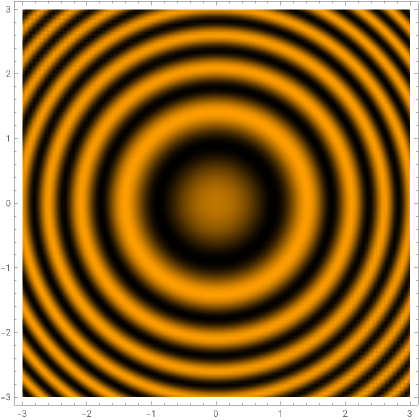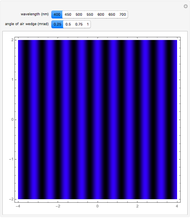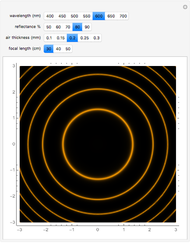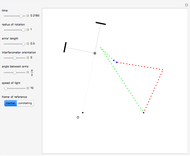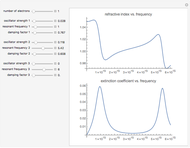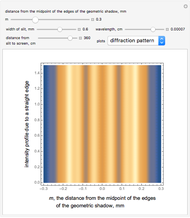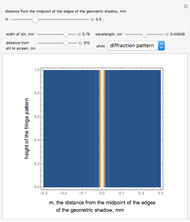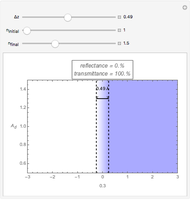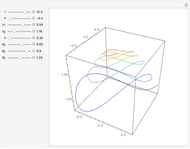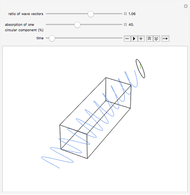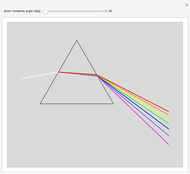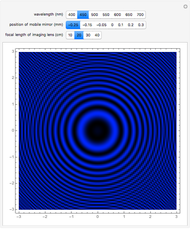Michelson Interferometer and Haidinger Fringes

Requires a Wolfram Notebook System
Interact on desktop, mobile and cloud with the free Wolfram Player or other Wolfram Language products.
The Michelson interferometer contains two perpendicular plane mirrors, which reflect monochromatic light into a beam splitter (a half-silvered mirror). The two reflected rays are then combined through an imaging lens to produce an interference pattern (Haidinger fringes) on a screen.
[more]
Contributed by: Bruno Bousquet (March 2016)
Open content licensed under CC BY-NC-SA
Snapshots
Details
The snapshots of three interference patterns were obtained for three sets of wavelengths, the position of the mobile mirror, and the focal length of the imaging lens:
Snapshot 1: 450 nm, -0.25 mm, 20 cm
Snapshot 2: 550 nm, 0.2 mm, 40 cm
Snapshot 3: 650 nm, 0.3 mm, 30 cm
Reference
[1] Wikipedia. "Michelson Interferometer." (Mar 11, 2016) en.wikipedia.org/wiki/Michelson_interferometer.
Permanent Citation
"Michelson Interferometer and Haidinger Fringes"
http://demonstrations.wolfram.com/MichelsonInterferometerAndHaidingerFringes/
Wolfram Demonstrations Project
Published: March 14 2016
